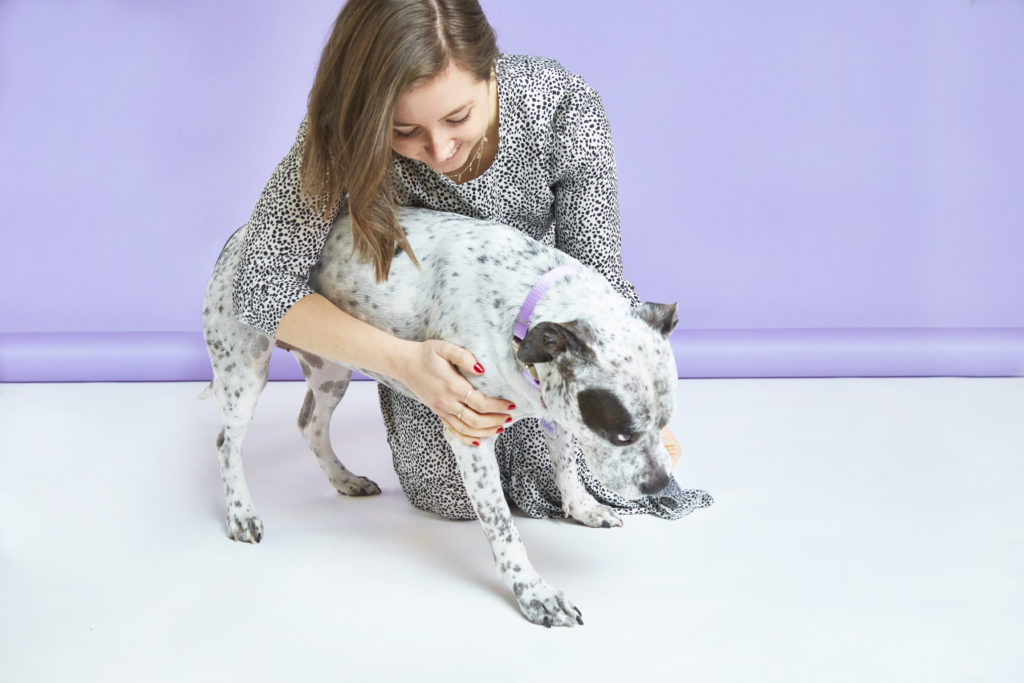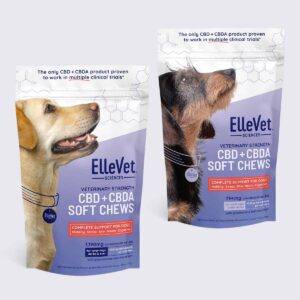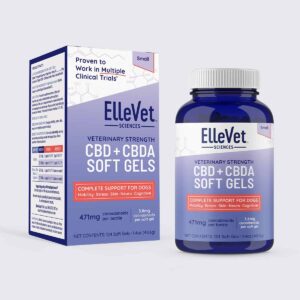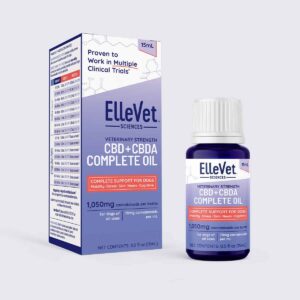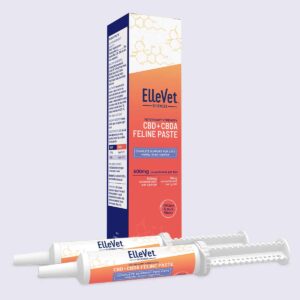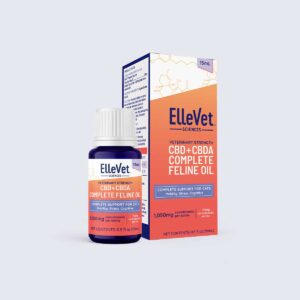It’s safe to assume we’ve all had experiences with dandruff in one way or another. It seems like half of the commercials on TV are promoting some anti-dandruff shampoo, highlighting the commonality and achievable prevention of such a hygienic shortcoming. So, even if you’ve never personally experienced it, you are well aware of what dandruff is: dead, flaky skin cells shedding from our bodies.
Like so many other health challenges, dandruff affects our dogs similarly. And as unpleasant dandruff may sound, it is a very preventable condition, even for our extra-furry family members. Here, we will go through the primary causes of dandruff in our dogs, what we can do to prevent it, and what is offered in terms of treatment.
Causes of Dog Dandruff
A few main causes of dandruff, mostly all of which can be traced back to dry, irritated skin.
Common Causes of Dry Skin:
- Increased Exposure to Sunlight
- Dry Climate
- Allergies
- Poor Hygiene
- Bacterial/Fungal Infections
- Seborrhea
- Cheyletiella Mites
Some of these causes may seem well-known, dry skin causes are often not difficult to decipher. However, some causes specific to dogs include seborrhea and cheyletiella mites. Seborrhea is a medical condition where skin cells travel too quickly to the skin’s surface, often causing dandruff and greasy skin and fur. This is not a very common condition, and the cause is not entirely known.
As for the only living creature on our list, Cheyletiella Mites, or “Walking Dandruff,” can also cause skin irritation and dandruff in our dogs. These tiny insects are given the name “Walking Dandruff” because, to the blind eye, they appear as little flakes of dead skin, greatly resembling dandruff itself. Ironically enough, they can also cause actual dandruff. If your dog seems to be itching excessively and is showing unusual amounts of dandruff, it could be a mite problem.
Prevention & Treatment
For at-home, do it yourself precautions, you can:
- Groom Regularly (Brushing Especially)
- Put a Humidifier in Your Home
- Improve Your Dog’s Diet
- Use Anti-Dandruff Shampoo
Although dogs tend to have more hair to maintain, their skin and hair health is determined by factors similar to humans. Simply brushing and washing your dog’s coat regularly can help promote healthy, clean skin and hair. Anti-dandruff doggy shampoos are available if need be. Be careful to use only shampoos meant for dogs, as human products like “Head and Shoulders” can contain certain chemicals and ingredients that are harmful to our dogs’ skin. If you never or rarely groom your dog, the chances they will develop dandruff grow exponentially.
A couple of other easy steps to take to improve your dog’s diet and install a humidifier in your home: Starting with the more basic one, turning on a humidifier may help your dog (and everyone in the house) maintain moisturized, healthy skin. If you live in a dry environment, your skin becomes dry, and dandruff is more likely. A humidifier can be a simple yet effective measure to prevent dandruff and other dry skin issues.
Finally, make sure your dog is consuming a healthy, well-balanced diet. You can also incorporate omega-3 fatty acid supplements, as these fatty acids are known to promote skin and hair health. As always, consult your veterinarian before adding any new supplements to your dog’s diet.
What If These Suggestions Don’t Work?
If your dog is experiencing abnormal amounts of dandruff and nothing you seem to do will work, it may be time to visit your veterinarian. Dandruff may be a sign of some underlying infection, whether bacteria, allergies, or those repugnant mites we discussed earlier. In cases like these, a veterinarian is needed to assess the issue and prescribe treatment if necessary.
The ElleVet Team
844-673-7287
[email protected]
-
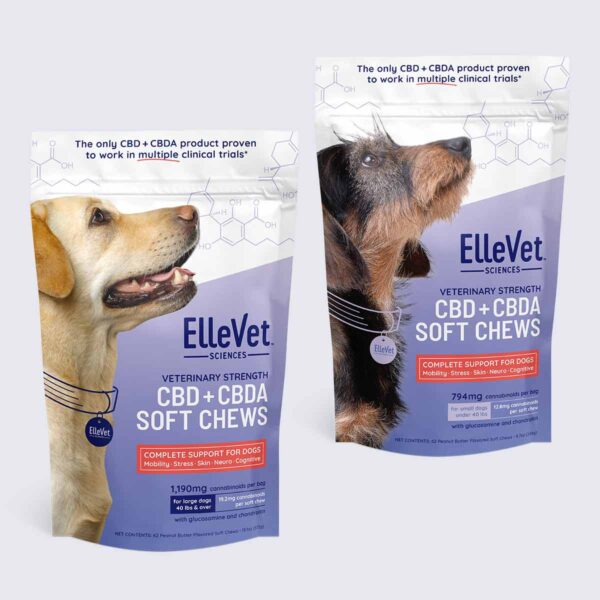 ElleVet Hemp CBD + CBDA Soft Chews$83.99 – $93.99 — or subscribe and save 15%
ElleVet Hemp CBD + CBDA Soft Chews$83.99 – $93.99 — or subscribe and save 15% -
 ElleVet Hemp CBD + CBDA Soft Gels$43.99 – $146.99 — or subscribe and save 15%
ElleVet Hemp CBD + CBDA Soft Gels$43.99 – $146.99 — or subscribe and save 15% -
 ElleVet Hemp CBD + CBDA Oil For Dogs$73.99 – $241.99 — or subscribe and save 15%
ElleVet Hemp CBD + CBDA Oil For Dogs$73.99 – $241.99 — or subscribe and save 15%

